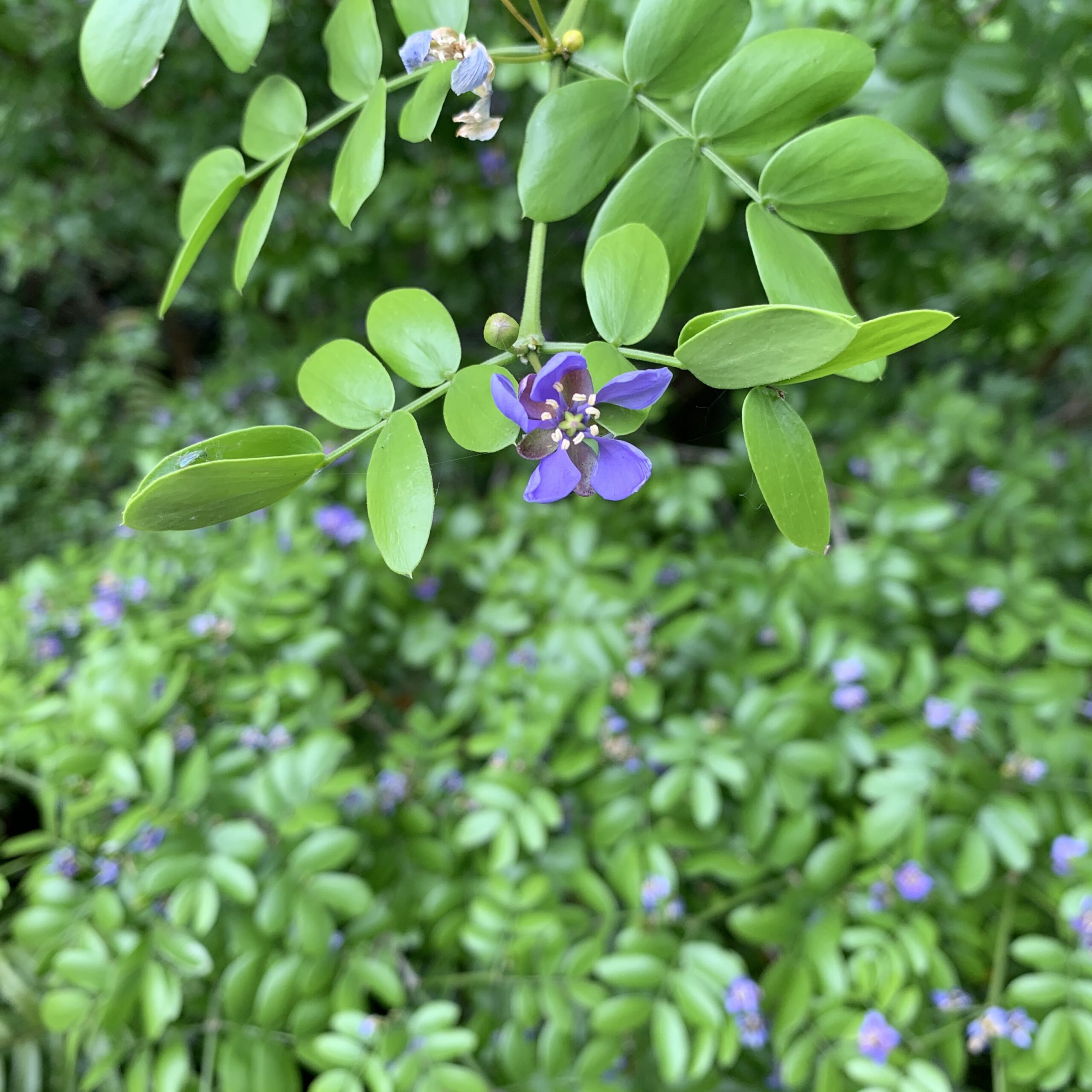
A New Chapter in the Storied Life of This Lignum Vitae Naples Botanical Garden
Lignumvitae Key Botanical State Park is a Florida State Park consisting of Lignumvitae Key, Shell Key, surrounding submerged lands, and a parcel at the northern end of Lower Matecumbe Key.The islands are located one mile west of U.S. 1 (Overseas Highway) at mile marker 78.5, and can be reached only by private boat or tour boat.. Lignumvitae Key was designated a National Natural Landmark by the.
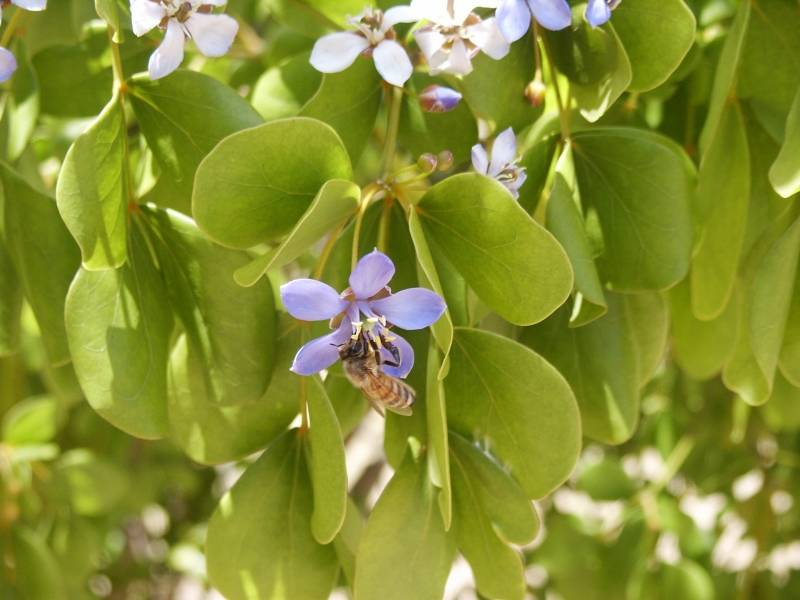
Lignum vitae photo Selvin Chance photos at
Lignum vitae is a wood, also called guayacan or guaiacum, and in parts of Europe known as Pockholz or pokhout, from trees of the genus Guaiacum. The trees are indigenous to the Caribbean and the northern coast of South America and have been an important export crop to Europe since the beginning of the 16th century. The wood was once very important for applications requiring a material with its.

Lignum Vitae YouTube
Guaiacum (/ ˈ ɡ w aɪ. ə. k əm /), sometimes spelled Guajacum, is a genus of flowering plants in the caltrop family Zygophyllaceae.It contains five species of slow-growing shrubs and trees, reaching a height of approximately 20 m (66 ft) but usually less than half of that.All are native to subtropical and tropical regions of the Americas and are commonly known as lignum-vitae, guayacán.
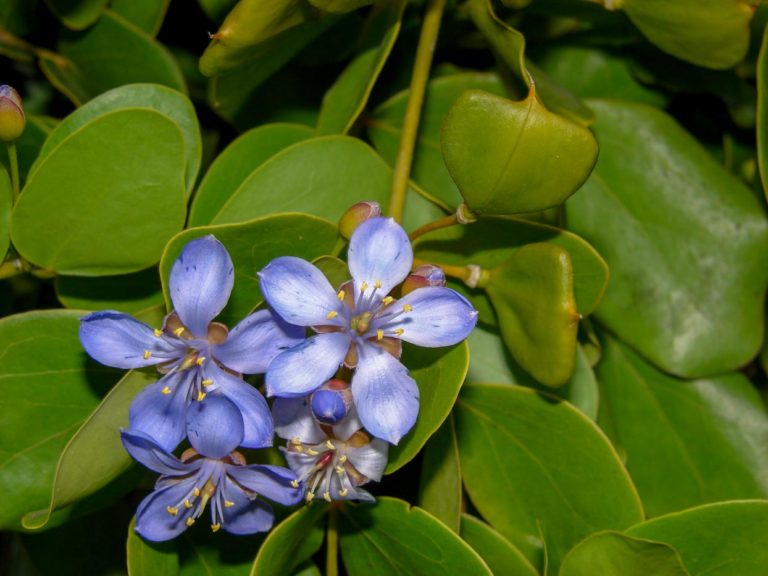
Lignum vitae Acacia LLC
Guaiacol: Guaiacum contains guaiacol, a phenolic compound known for its antioxidant and anti-inflammatory properties. It contributes to Guaiacum's medicinal benefits. 2. Resin: The resin from Guaiacum wood contains resin acids, which have been traditionally used for their anti-rheumatic and anti-inflammatory effects.

Pin by TreeWorld Wholesale on Guaiacum Sanctum & Guaiacum Officinale Florida landscaping
Lignum vitae is the common name for a group of six species from the genus 'Guaiacum', best known for their strength, density, and durability. Of the six species, only two (Guaiacum sanctum and Guaiacum officinale) are commonly used by the woodworking industry. Endemic to the Caribbean and the north coast of South America, the wood was first.
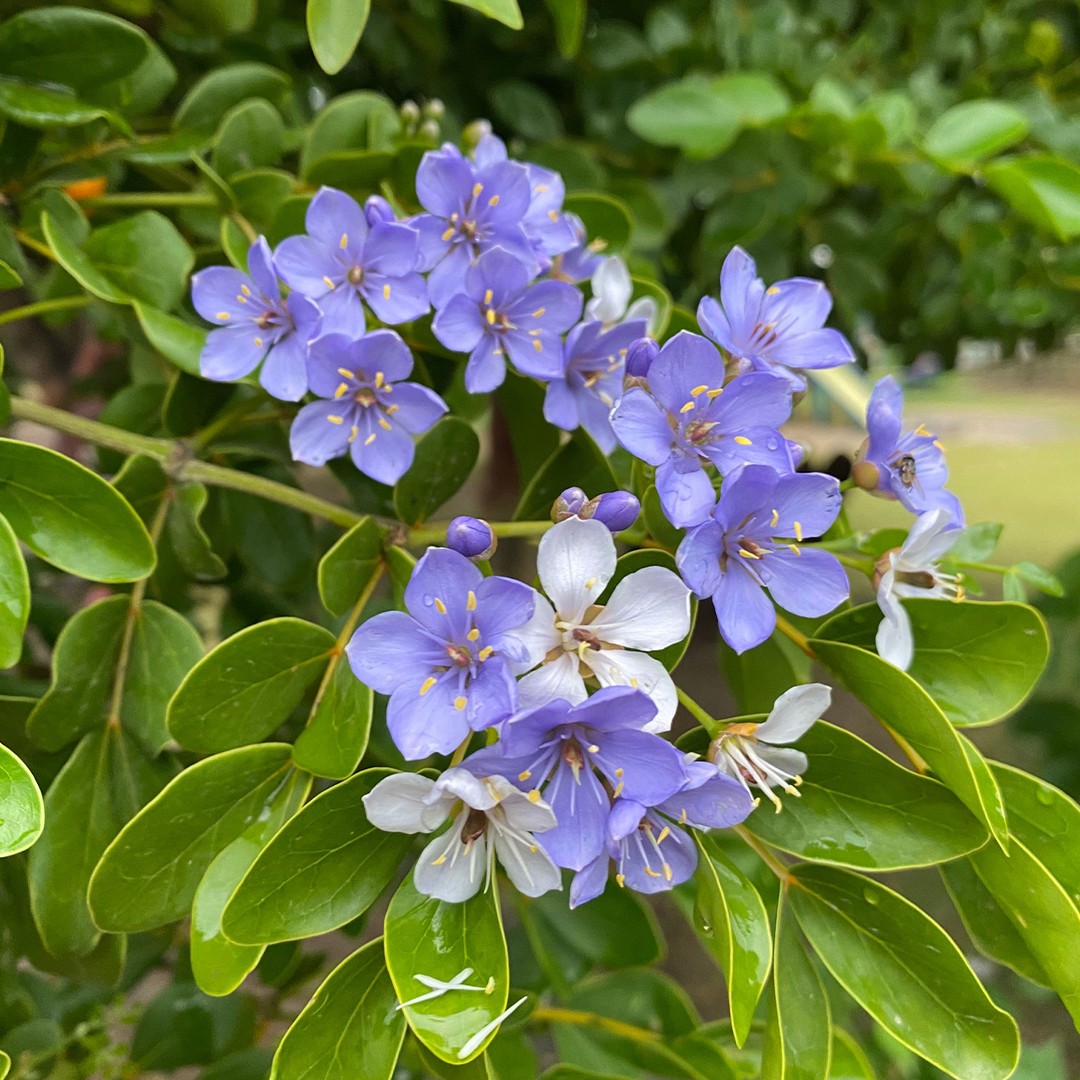
How to Water Roughbark lignumvitae? (Frequency, Techniques, and Quantity)
Guaiacum sanctum (Lignum Vitae) is an extremely slow-growing evergreen shrub or small tree with crooked, often multiple trunks and a dense, rounded canopy. The even-pinnately compound leaves are small, up to 2 in. long (5 cm), leathery, shiny dark green. Blooming year-round, with a peak in spring, large showy clusters of star-shaped, bluish purple flowers, 1 in. across (2.5 cm), with.

Lignum Vitae The whole artwork (around 40cm x 45cm x 45cm)… Flickr
Alas, as with so many resources, the lignum vitae's usefulness led to its over-extraction. "The wood of Guaiacum is the true lignum-vitae of commerce," begins a 1921 study of the tree, archived at Yale University. The author warned that the lignum vitae supply in Cuba "is in danger of total exhaustion" and reported that in fiscal.

Buy Guaiacum sanctum, Lignum Vitae Free Shipping over 100
Lignum Vitae Guaiacum spp. Guaiacum is a genus of six species of trees native to Central America and the Caribbean. The genus includes G. officinale and G. sanctum, both small (7-10 m in height), slow-growing trees that produce the highly valued wood known as lignum vitae ("wood of life"). It is the densest and hardest wood known.

Times of the Islands Putting Down Deep Roots
Lignum vitae wood is among the hardest and heaviest of all commercial woods, with a specific gravity of 1.3. Specific gravity is a measurement based on the density of water, with 1.0 being the same density as water… so, any wood over 1.0 will sink, as lignum vitae will, readily. (A surprisingly large number of other native woods do the same).
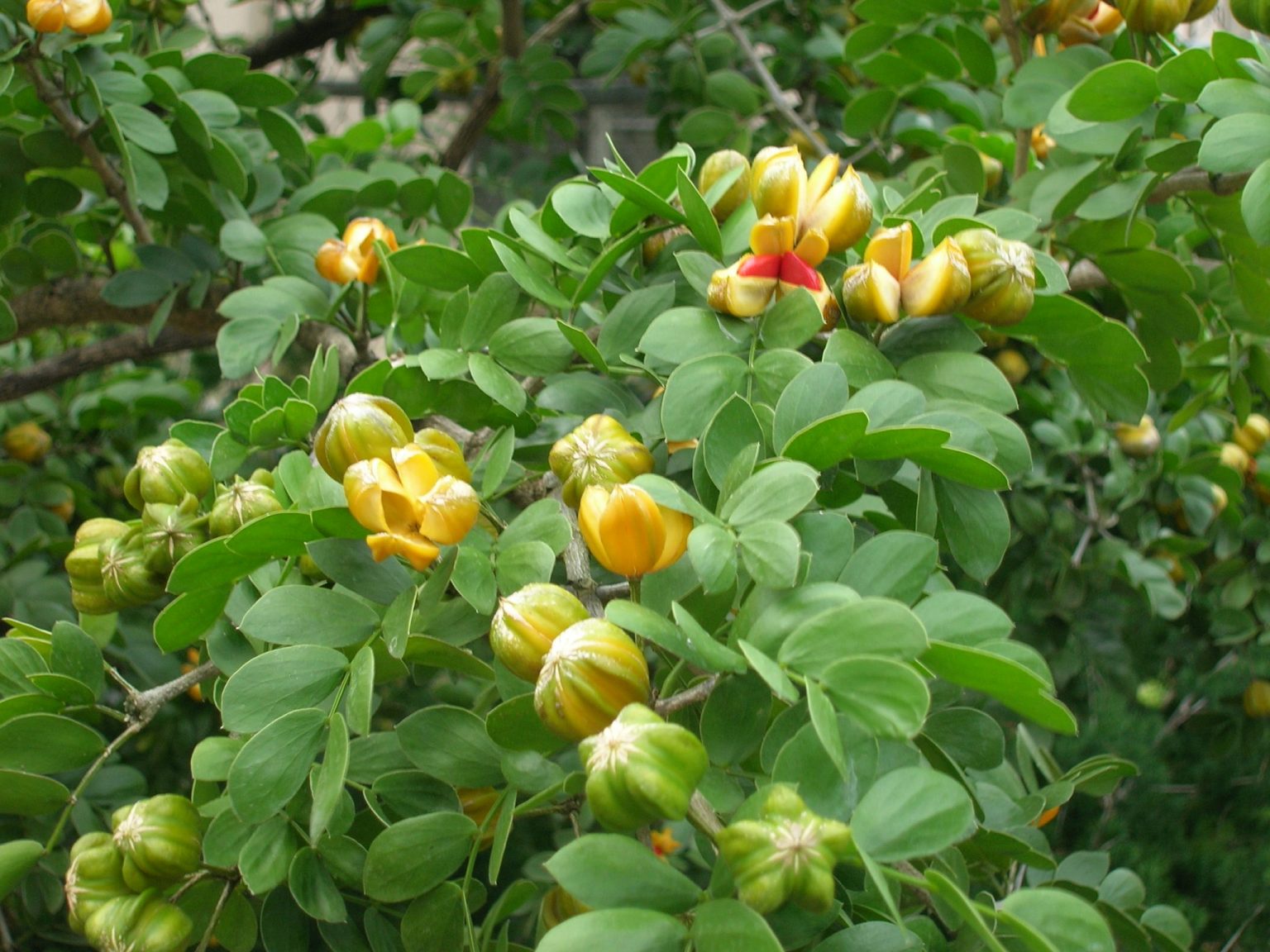
Lignum vitae Richard Lyons Nursery, Inc.
Unfortunately, lignum vitae has been exploited to the brink of extinction, and is now an endangered species. While lignum vitae was among the very first species to be listed as endangered by CITES back in 1975, even the closely related Argentine lignum vitae (Bulnesia sarmientoi) eventually received protected status some 30 years later.
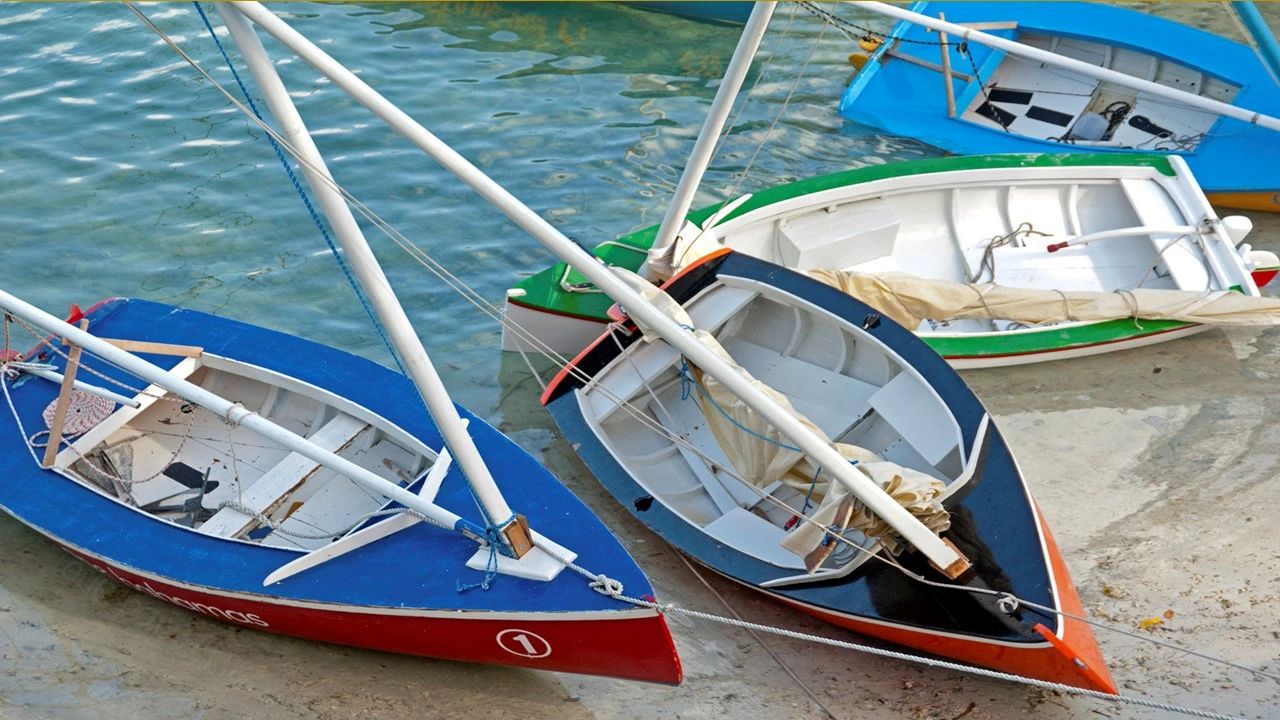
The Lignum Vitae Tree Lignum Advisors
Lignum vitae ( / ˈlɪɡnəm ˈvaɪti, - ˈviːtaɪ / [1]) is a wood, also called guayacan or guaiacum, [2] and in parts of Europe known as Pockholz or pokhout, from trees of the genus Guaiacum. The trees are indigenous to the Caribbean and the northern coast of South America (e.g., Colombia and Venezuela) and have been an important export crop.
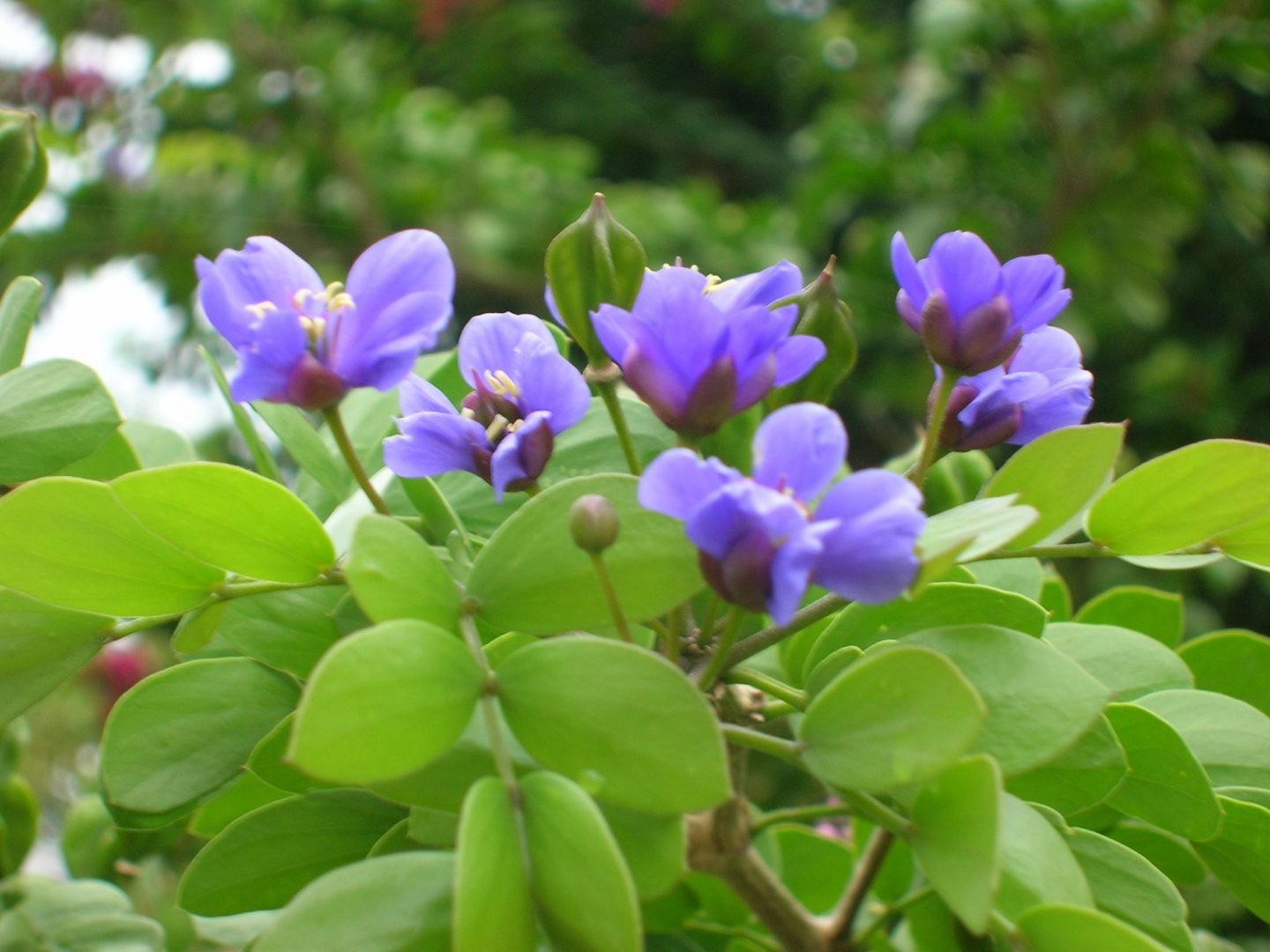
Lignum vitae Richard Lyons Nursery, Inc.
Lignum vitae is an extremely slow-growing broadleaf evergreen which ultimately reaches 30 feet in height and casts light shade, but few people have seen plants of this size because it is not grown in the trade. Most are seen 8 to 12 feet tall with a beautiful array of multiple trunks and a rounded canopy much like that of a mature crape-myrtle.

Lignum vitae Caribbean, Hardwood & Evergreen Britannica
Lignumvitae, Guaiacum sanctum Introduction Lignumvitae trees, Guaiacum sanctum, are found naturally in rockland and hardwood hammocks of the Florida Keys. It is a highly attractive plant that puts on a
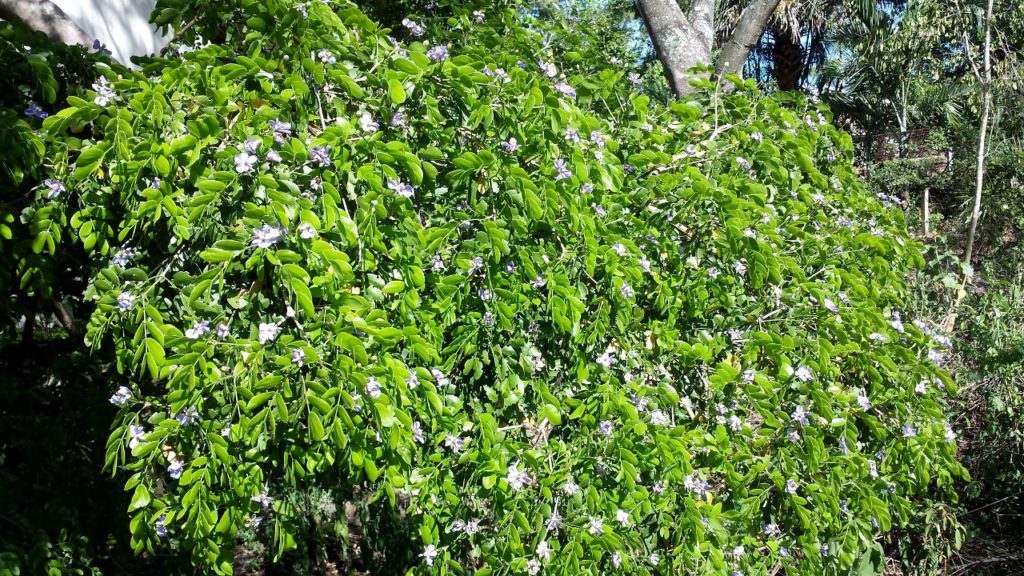
Lignum Vitae
Guaiacum officinale, commonly known as roughbark lignum-vitae, guaiacwood or gaïacwood, is a species of tree in the caltrop family, Zygophyllaceae, that is native to the Caribbean and the northern coast of South America. Description. This small tree is very slow growing, reaching about 10 m (33 ft) in height with a trunk diameter of 60 cm (24.

2010 lignum vitae flower Rashad Penn Flickr
Guaiacum officinale, commonly known as roughbark lignum-vitae, guaiacwood or gaïacwood, is a species of tree in the caltrop family, Zygophyllaceae, that is native to the Caribbean and the northern coast of South America.
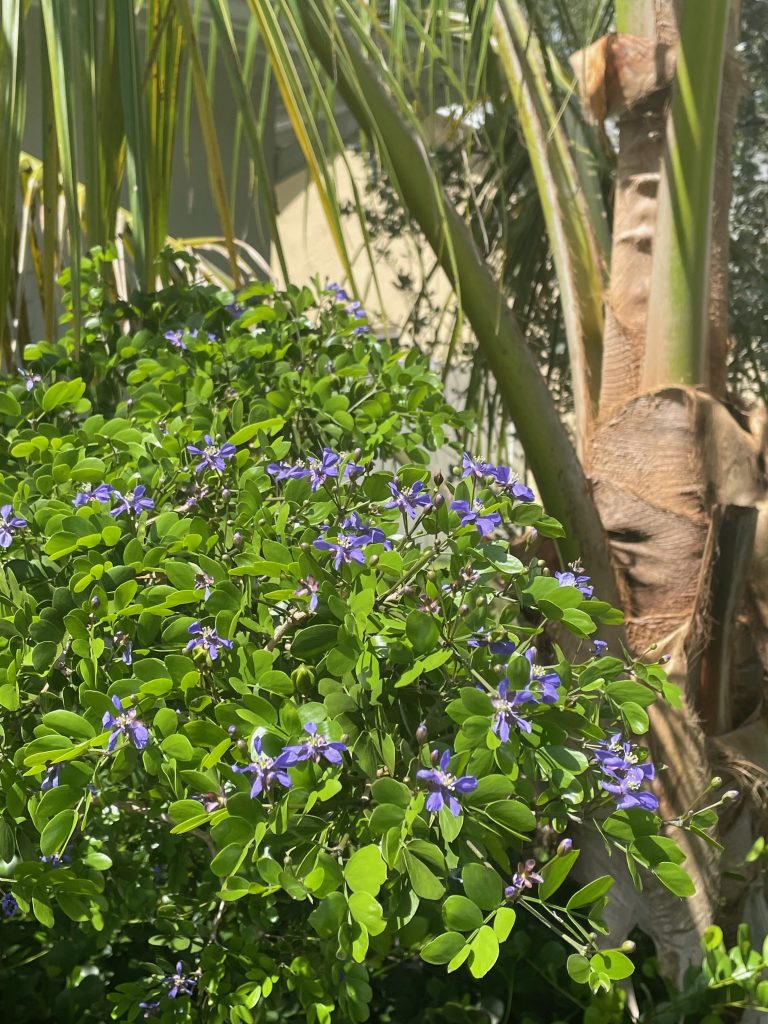
Lignum Vitae, Guaiacum sanctum Florida Native Nursery and Landscaping Services Largo and St
Description. The dense, heavy heartwood of the tropical evergreen guayacum trees, Guaiacum officinale and Guaiacum sanctum, that are native to the West Indies and the coast of Central America.Lignum vitae is the heaviest of all woods. The dark brown to black wood is tough and difficult to carve, but it is valued for its fine grain that polishes to a high gloss.